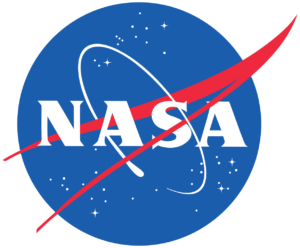-
Approximate program time: 1.5-2 hours
-
Next Generation Science Standards (NGSS) aligned
-
Common Core State Standards (CCSS) aligned

See All Free Lesson Library
Grade Level 3-9
Earth and Space Science
Stay In My Classroom
Explore the Red Planet
Engage your students in activities at different stations to learn about five phases of the Mars settlement process: Planning, launching, feeling the health effects of lower gravity, living on Mars, and working on Mars.
Journey to Mars primarily focuses on Earth and space science themes, but it also integrates physical science and engineering topics. While developed for students in grades 3-9, these lessons can be adapted for all ages.
Each station has 3 activities. We encourage students to participate in all activities in order to fully experience the accurate process of a Mars mission.
Lessons with an asterisk * use common household items.
Planning for Launch*
Students select components to help their space launch system carry out their mission goal and remain within budget.
Launching*
Students build straw rockets to launch at a Mars target.
Health Effects of Lower Gravity*
Students complete 3 activities that model the effects of lower gravity. They will compare weight, bone density, and blood flow on Earth and Mars.
Living on Mars*
Students build their own design using a 3D printing pen or Play-Doh.
Working on Mars
Students build a rover to accomplish their mission goal.
In Partnership
Journey to Mars is based upon work supported by NASA under agreement #NNX16AD70A. Any opinions, findings, conclusions and/or recommendations expressed in these materials are those of Challenger Center and do not necessarily reflect the views of NASA.
